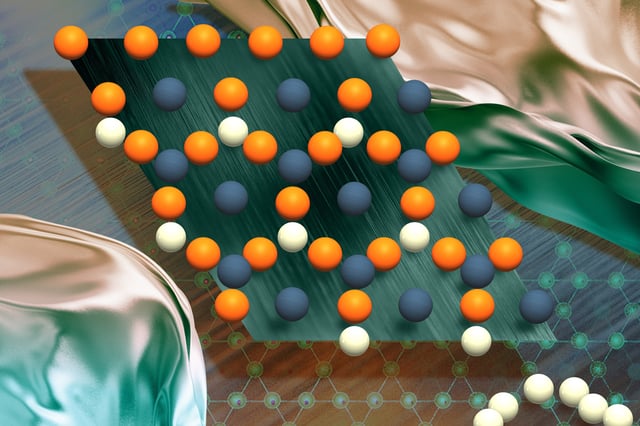Overview
- MIT’s SCIGEN, published in Nature Materials, steers diffusion models to obey user-defined lattice constraints linked to exotic quantum behaviors.
- Using SCIGEN with DiffCSP, researchers generated over 10 million Archimedean-lattice candidates, screened roughly 1 million for stability, and simulated about 26,000 on Oak Ridge supercomputers.
- Magnetism emerged in 41% of the simulated subset, and two previously unknown compounds—TiPdBi and TiPbSb—were synthesized with properties largely matching predictions.
- The approach targets geometries such as Kagome and Lieb lattices to prioritize materials more likely to host quantum phases rather than merely maximizing stability.
- Samsung’s complementary PaRS method rejects large-language-model outputs that violate physical laws, reducing errors in device-recipe tasks like quantum-dot LEDs.

